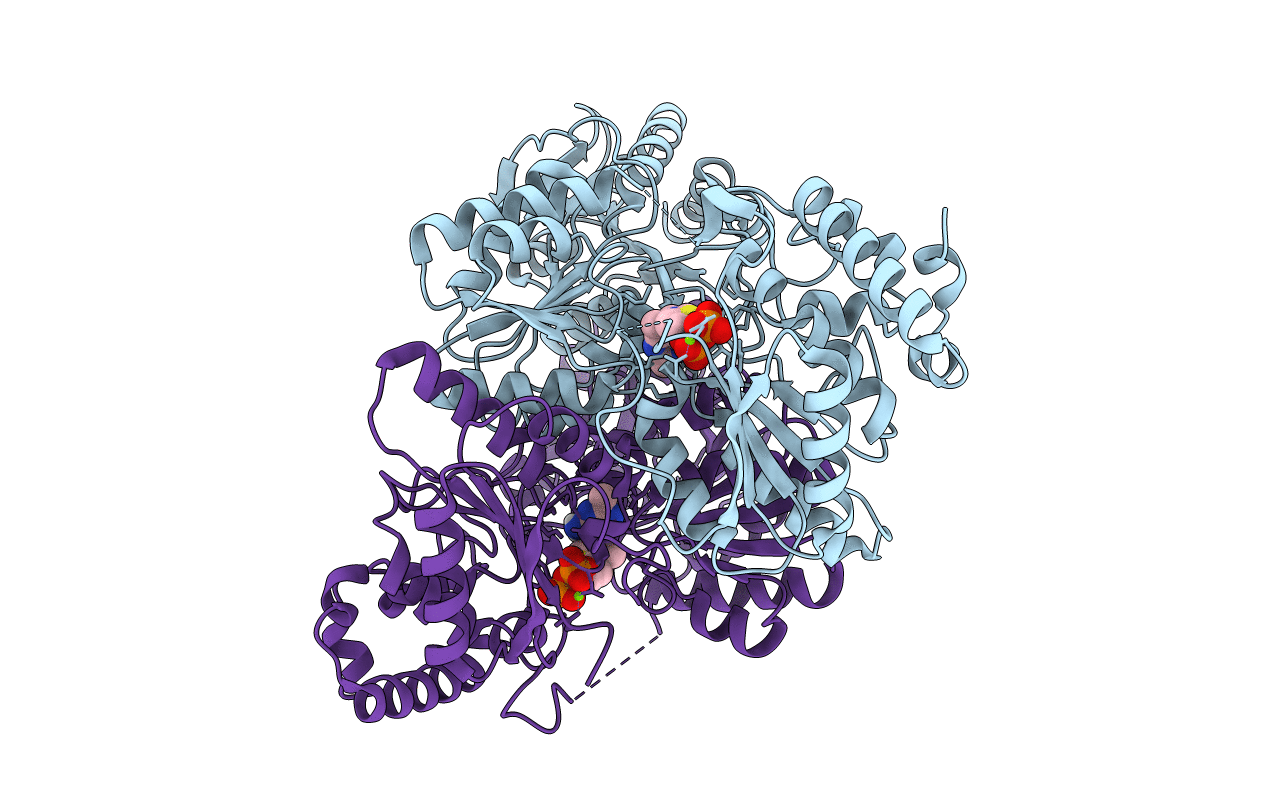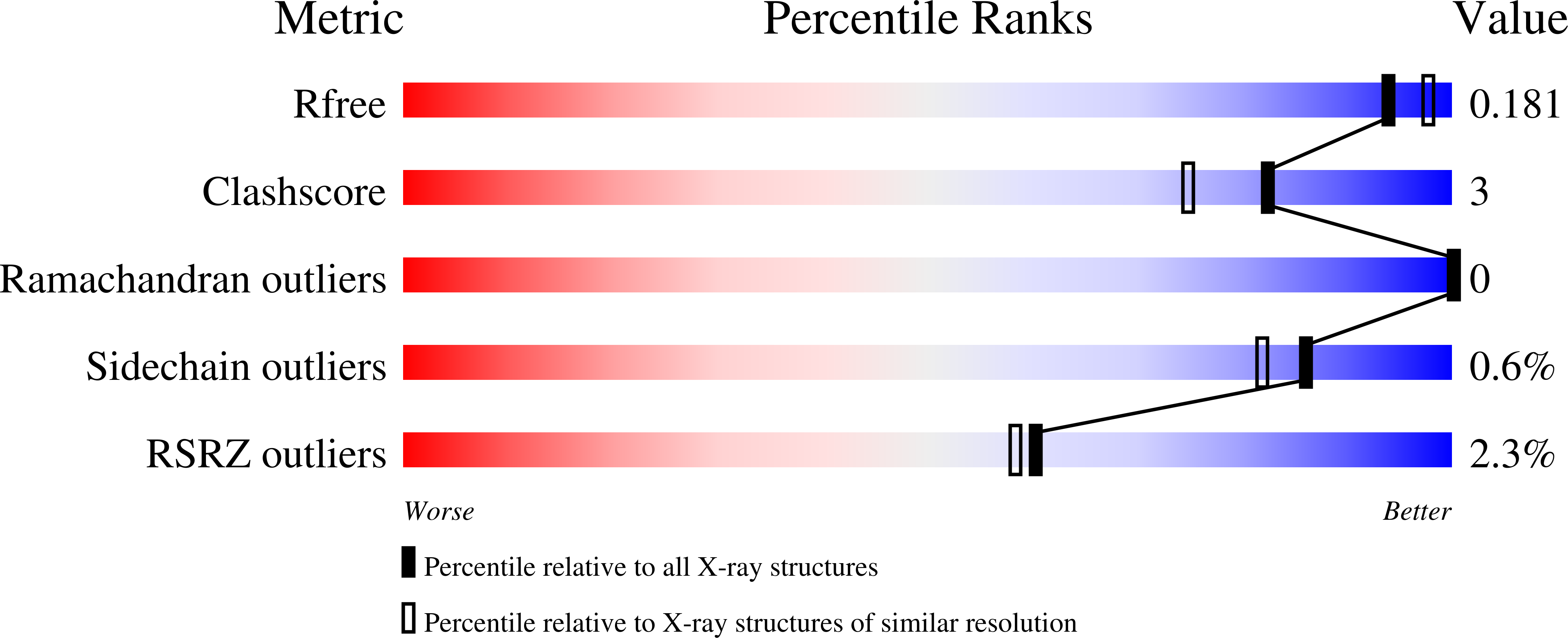
Deposition Date
2020-09-02
Release Date
2022-03-23
Last Version Date
2024-01-31
Entry Detail
PDB ID:
7A9H
Keywords:
Title:
Truncated 1-deoxy-D-xylulose 5-phosphate synthase (DXS) from Mycobacterium tuberculosis
Biological Source:
Source Organism:
Mycobacterium tuberculosis H37Rv (Taxon ID: 83332)
Host Organism:
Method Details:
Experimental Method:
Resolution:
1.85 Å
R-Value Free:
0.17
R-Value Work:
0.15
Space Group:
P 1


